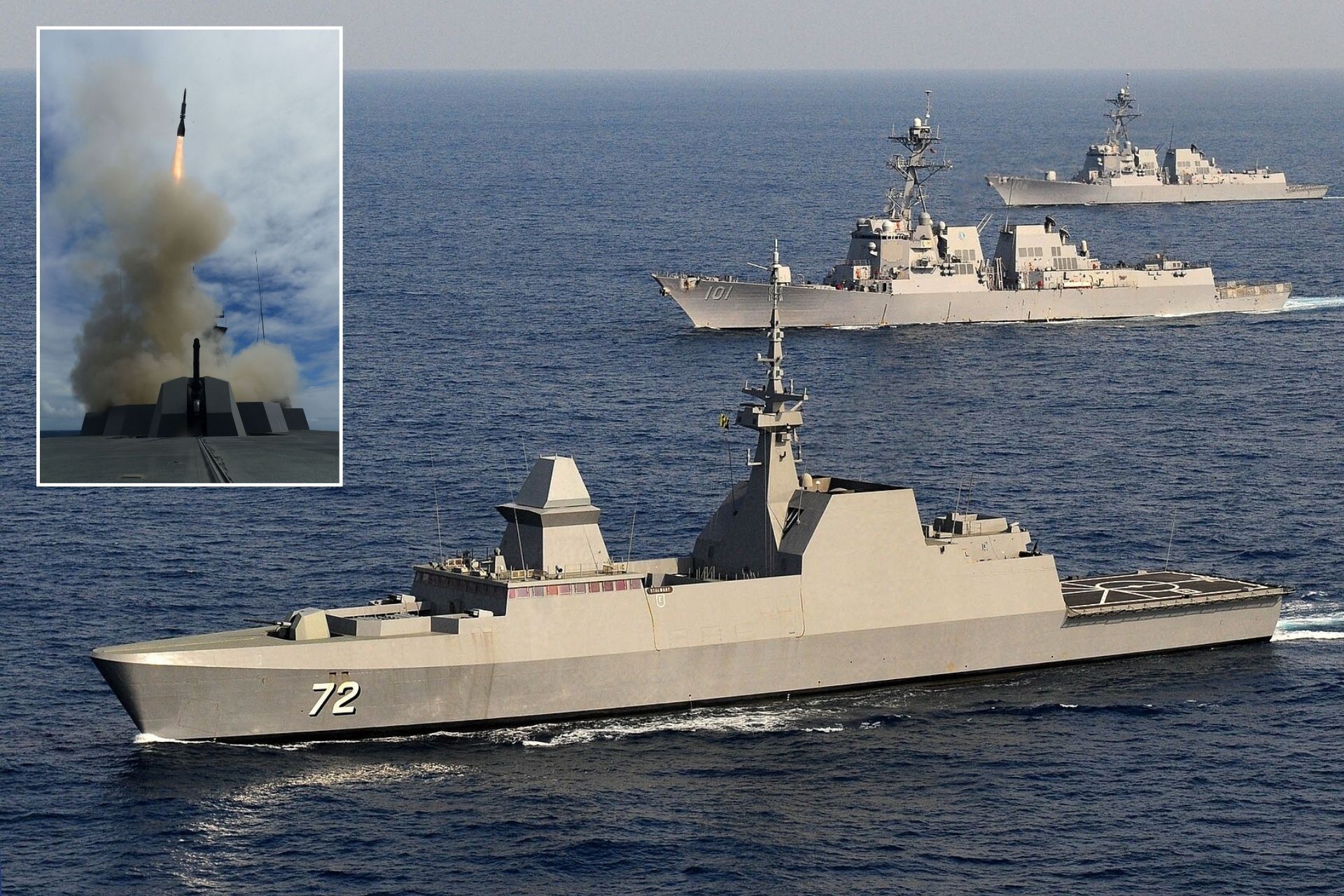Breaking News
RSS Stalwart Successfully Launches Aster Missiles During RIMPAC 2024.
On July 14, 2024, the Republic of Singapore Navy (RSN) achieved a significant milestone during the multinational naval exercise RIMPAC 2024, which is taking place off the coast of Hawaii from June 28 to August 2, 2024. The Formidable-class frigate, RSS Stalwart, successfully launched two Aster surface-to-air missiles, neutralizing two simultaneous drone targets. This event underscores the RSN's commitment to strengthening its air defense capabilities and operational readiness.
Follow Army Recognition on Google News at this link

The Republic of Singapore Navy frigate RSS Stalwart (72) from which the two Aster missiles were fired during RIMPAC 2024 (Picture source: Wikimédia/ Singapore MINDEF)
The Aster surface-to-air missile family, developed by the European consortium Eurosam, consists primarily of two models: the Aster 15 and Aster 30. These missiles were first introduced into service in 2001, with full production ramping up in 2003. They are extensively utilized by several countries including France, Italy, the United Kingdom, and other nations.
The Aster missiles are designed for a high degree of maneuverability and are capable of intercepting a wide range of aerial threats, from aircraft to more sophisticated ballistic and cruise missiles. The key difference between the two models lies in their range capabilities; the Aster 15 is designed for short to medium range engagements, while the Aster 30 can handle short to long range threats. The Aster 30, with its larger booster, can reach speeds up to Mach 4.5 and handle altitudes up to 20 kilometers.
Both variants share a common design, featuring a terminal dart that is guided by an active RF seeker for the final phase of its trajectory. This enables the missiles to engage multiple threats simultaneously, including during high-intensity scenarios. The Aster missile system is integrated with various naval and land platforms, adapting through different vertical launching systems like the Sylver and the American Mark 41.
RSN's involvement in RIMPAC 2024 includes high-level naval warfare training alongside 29 other nations, featuring approximately 40 surface ships, three submarines, 14 national land forces, over 150 aircraft, and more than 25,000 personnel. The RSN is leading a task unit that includes ships from South Korea, Mexico, and the United States, engaging in complex naval warfare exercises across aerial, surface, and sub-surface domains.
Rear Admiral (RADM) Kwan Hon Chuong, RSN Fleet Commander, who was aboard the RSS Stalwart during the missile launch, emphasized the importance of participating in large-scale exercises like RIMPAC to sharpen multi-dimensional warfare capabilities and bolster international naval cooperation. He noted that the successful missile firing highlighted the RSN's proficiency and readiness to execute complex missions. The exercise also deepened professional relationships and mutual understanding among the navies involved, which are crucial for ensuring maritime security.
Lieutenant Colonel (LTC) Sam Tan, the commanding officer of RSS Stalwart, expressed pride in the achievement, stating that the successful missile launch validated the RSN's anti-air defense capabilities and demonstrated the precision and effectiveness of their anti-air warfare suite. This event marks a significant achievement for the RSN, reflecting their operational capabilities and the high level of training of their crew.
Hosted by the United States Navy, RIMPAC is the world's largest international maritime exercise, fostering cooperation and readiness among global naval forces. This year marks the ninth time the RSN has participated in the biennial exercise since their initial involvement in 2008.


























